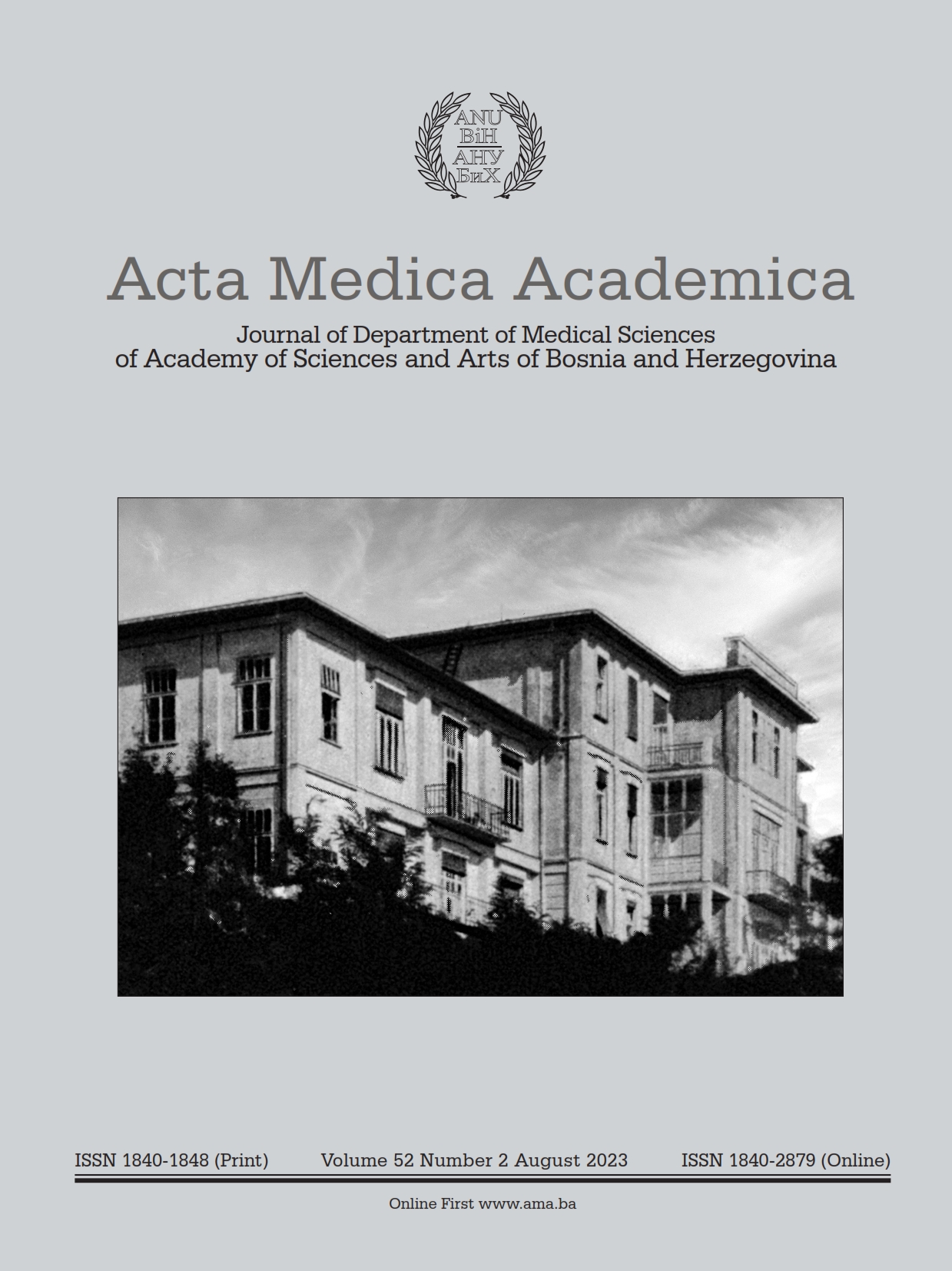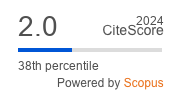The Clinical and Radiological Evaluation of Impacted Third Molar Position, Crown and Root Morphology
DOI:
https://doi.org/10.5644/ama2006-124.407Keywords:
Wisdom Teeth, Impacted Third Molar, Root Morphology, Crown Morphology, Depth Of ImpactionAbstract
Objective. This study aimed to analyze the crown and root morphology of maxillary and mandibular third molars, and assess their position in relation to adjacent anatomical structures using clinical examination and radiographic images.
Materials and Methods. A total of 176 extracted impacted or partially impacted third molars were included in this study. Orthopantomogram images (OPG) were used to evaluate the number of roots, position, depth of impaction relative to the occlusal plane of the second molar, and angulation of maxillary and mandibular third molars. The extracted teeth were examined to determine the actual number of roots. The root morphology was classified using the Alavi classification system for maxillary third molars and the Machado classification for mandibular third molars. Additionally, the number of cusps, crown dimensions, and morphology were analyzed using digital and dental calipers.
Results. The extracted samples exhibited a significantly higher number of roots compared to the number assessed on OPG images (P<0.001). The majority of mandibular third molars had two fused roots (37.39%) and a five-cuspid crown (48.70%), while maxillary third molars had three fused roots (26.23%) and four cusps (42.62%). Both maxillary (60.66%) and mandibular third molars (61.74%) were predominantly vertically positioned. Regarding the depth of impaction, maxillary third molars were primarily classified as Class C (65.57%), while mandibular third molars were classified as Class B (47.83%). Differences in crown shape were observed, with maxillary crowns being mostly triangular (36.07%) and mandibular crowns being oval (38.26%). Maxillary third molars had shorter crowns compared to mandibular third molars (P<0.05).
Conclusion. The root morphology of maxillary and mandibular third molars in the population of Bosnia and Herzegovina displays variability. Orthopantomogram imaging was found to be inadequate for accurate determination of the number of roots in third molars. The number of cusps on third molars cannot be relied upon as a predictor of the number of roots. The study’s findings will have implications for dental practice, particularly for oral surgeons and restorative dentists.
Downloads
Published
Issue
Section
License
Copyright (c) 2023 Naida Hadziabdic, Aida Dzankovic, Madzda Maktouf, Irmina Tahmiscija, Lajla Hasic-Brankovic, Samra Korac, Amila Haskic

This work is licensed under a Creative Commons Attribution-NonCommercial 4.0 International License.





